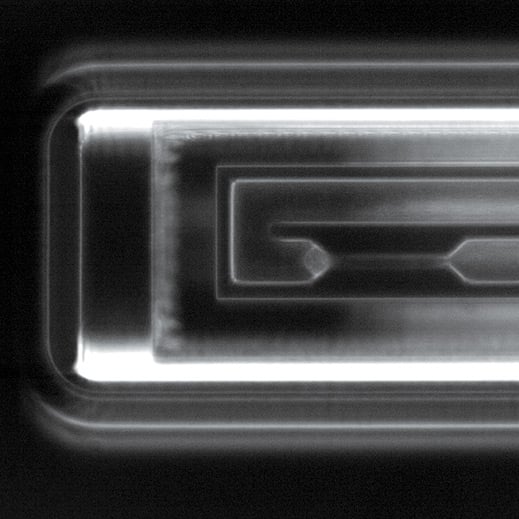Most cancer deaths are caused by metastatic tumors, which break free from the original cancer site and spread throughout the body. Many of the genetic changes that allow cells to become metastatic have been studied extensively, but it has been more difficult to study the physical changes that contribute to this process.

deformable it is.
MIT researchers have now developed a way to study, on a large scale, how changes in key physical properties of cancer cells allow them to migrate to new sites. Scientists have previously observed that cells with higher metastatic potential are more deformable than nonmetastatic cells, but the MIT team found that cancer cells also seem to traverse narrow channels more easily because they encounter less friction, which may help them travel through blood vessels to new tumor sites.
“Our measurements provide an additional perspective on cell properties,” says Sangwon Byun, an MIT postdoc and lead author of a paper describing the findings in the Proceedings of the National Academy of Sciences.
The system that Byun and colleagues used to study the cancer cells is based on a device that Scott Manalis, a member of MIT’s Koch Institute for Integrative Cancer Research and a professor of biological engineering, developed to measure the mass of a single cell. For the new study, Byun, Manalis, and colleagues adapted the system to measure a cell’s velocity as it traveled through a narrowly constricted channel about 50 microns long, allowing them to estimate the cell’s deformability and susceptibility to friction.
They found that metastatic cells not only were more deformable than nonmetastatic cells but also traveled faster. “It seems that the cells experience less friction, making it easier for them to get through the channels,” Byun says. The researchers are now using their system to detect the circulating tumor cells (CTCs) that are found in cancer patients’ blood at levels ranging from a few to several thousand per milliliter. After capturing those cells, scientists could do many more tests on them, including analyses of genes expressed and proteins produced, to learn more about how they break free from tumors. Manalis and colleagues also plan to study physical changes that occur in cells as they go through the epithelial-mesenchymal transition, a process that allows cancer cells to stop sticking together and become mobile.
Keep Reading
Most Popular
Large language models can do jaw-dropping things. But nobody knows exactly why.
And that's a problem. Figuring it out is one of the biggest scientific puzzles of our time and a crucial step towards controlling more powerful future models.
How scientists traced a mysterious covid case back to six toilets
When wastewater surveillance turns into a hunt for a single infected individual, the ethics get tricky.
The problem with plug-in hybrids? Their drivers.
Plug-in hybrids are often sold as a transition to EVs, but new data from Europe shows we’re still underestimating the emissions they produce.
Stay connected
Get the latest updates from
MIT Technology Review
Discover special offers, top stories, upcoming events, and more.